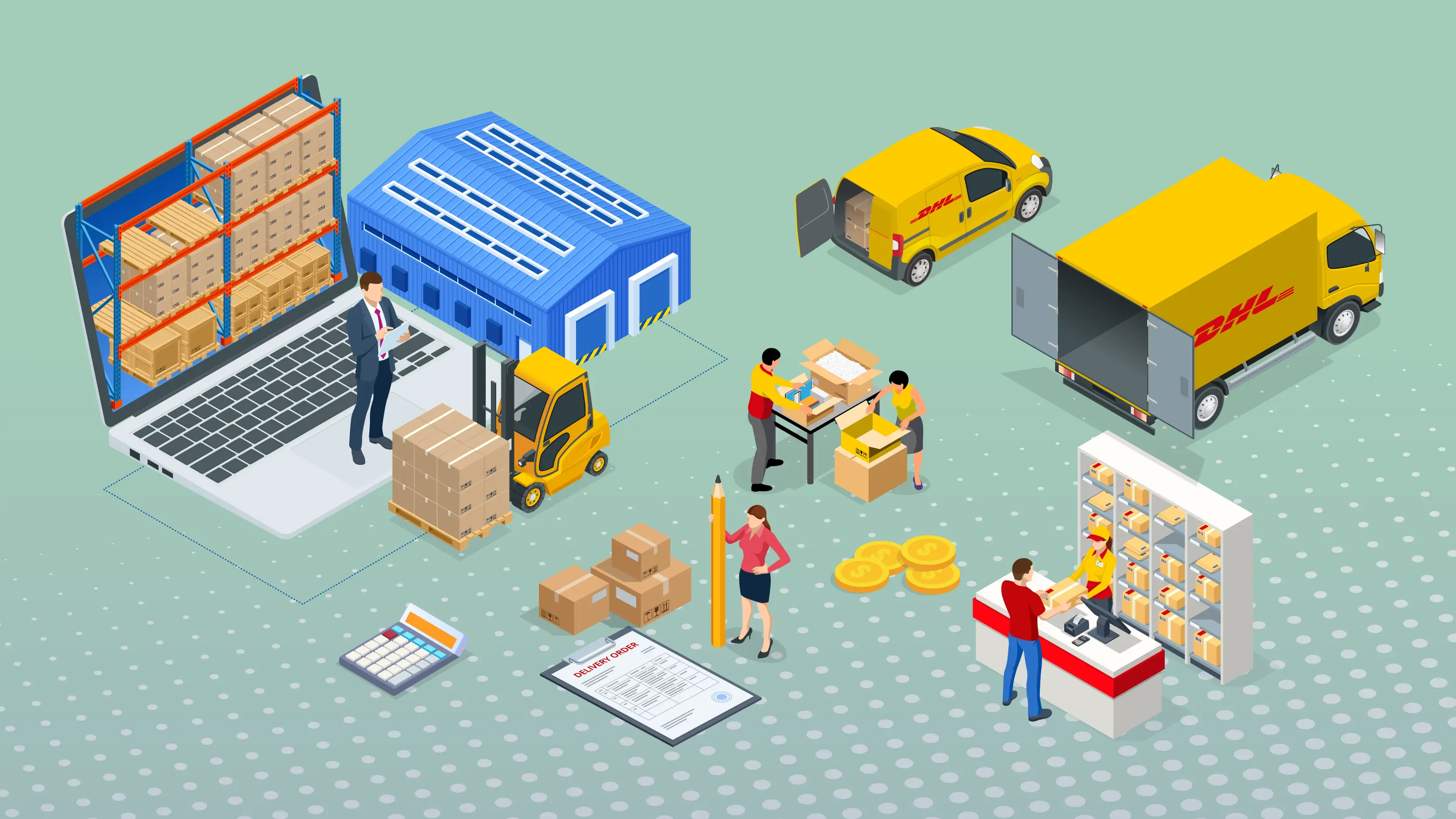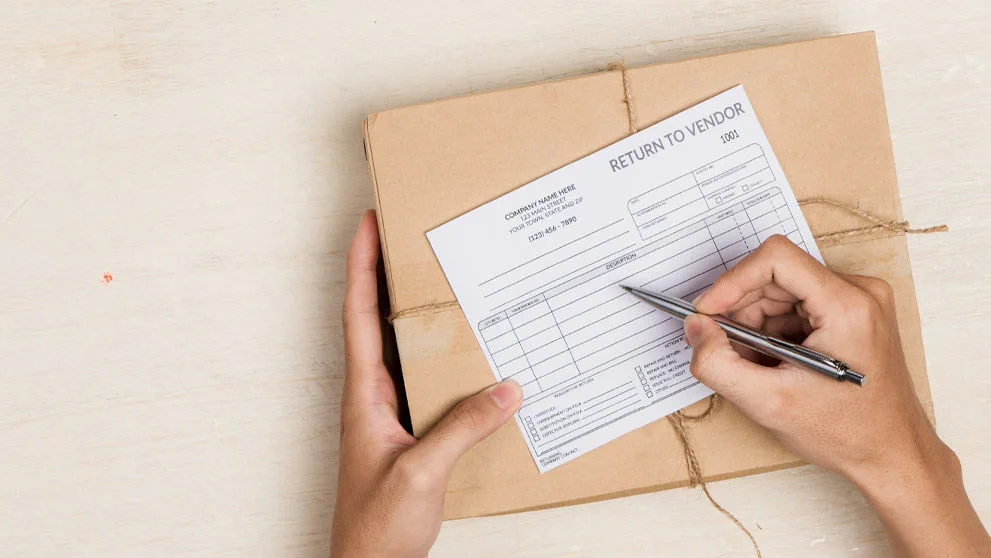
Peak Season is the busiest time of year for all the SME Superheroes out there! We know you’ll have a million things on your to-do list, from anticipating seasonal inventory demand to meeting holiday shipping deadlines, so we’re here as your trusty sidekick to help you manage the rush! Read on for our top logistics tips for small businesses.
For retailers in Japan, Peak Season refers to the busiest international shopping period of the year, when global consumers are actively purchasing gifts and seasonal items. It typically begins with Singles’ Day (November 11), a major shopping event originating in China that now influences global e-commerce trends, especially across Asia.
This is followed by Black Friday (November 29) and Cyber Monday (December 2), which are especially popular in North America and Europe. Then comes the Christmas shopping rush, which continues into late December.
Japanese businesses selling overseas, whether through platforms like Rakuten Global Market, Amazon, or their own e-commerce sites, should be aware that many international customers begin holiday shopping earlier each year. Retailers worldwide are launching promotions weeks in advance to capture attention and drive early sales.
Prepare for Peak Season: 13 logistics tips for small businesses in Japan and the world

1. Plan your seasonal inventory needs
Japanese businesses often see a surge in overseas orders during Christmas and New Year. Use inventory management software to analyze past sales and seasonal trends, helping you avoid overstocking or running out. Real-time tracking and automated replenishment orders ensure smooth operations.

2. Tap into AI for greater efficiency
AI is transforming logistics for small businesses. Key technologies to consider:
- Automated warehouse systems: Warehouse systems have become much more advanced, with robots that can help manage key warehouse processes such as picking, sorting and packing – fulfilling orders quicker and more accurately than humans.
- Dynamic pricing: AI can help you to adjust prices based on real-time sales data, applying discounts to slow-moving items.
- Chatbots: Provide 24/7 customer support, offer personalized gift suggestions, and handle multiple inquiries simultaneously.
💡 Japanese companies are increasingly using generative AI for inventory, forecasting, and operational tasks.

3. Use omnichannel marketing and content tools
If you sell on platforms like Rakuten, Yahoo! Shopping, or Instagram, an omnichannel platform helps unify your messaging. It analyzes customer data to create personalized campaigns across all channels. Very useful for reaching customers all around the world who are shopping on different e-commerce marketplaces and websites!

4. Optimize your website
Expect higher traffic during the holiday season. Prepare your site by:
- Featuring seasonal promotions prominently
- Organizing products into gift categories (e.g., “Gifts for Him,” “Gifts for Kids”)
- Enabling wish list creation and saving
📘 Check out DHL’s e-commerce optimization guide for more tips: 15 ways to optimize your e-commerce website | DHL Express Japan
5. Prioritize a great mobile experience
30% of the digital population globally shops via mobile phones, which accounts for 1.65 billion mobile shoppers (1). Make sure your site is mobile-friendly:
- Use larger fonts and buttons
- Minimize logins and pop-ups
- Keep form fields simple

6. Promote Your Sustainability Efforts
Eco-conscious shopping is growing. Clearly communicate your sustainability policies:
- Use eco-friendly packaging
- Offer carbon insetting options
- Allow packaging returns for discounts
7. Use your packaging as a marketing tool
The main function of your packaging is to protect your products – so it should be robust, transportable, and easily opened and closed for returns. However, it can also serve as a powerful marketing tool. Stylish, innovative packaging, and personalized messaging or storytelling, can add a little something extra to your customers’ purchases.
For packaging that protects your products and enhances the customer experience. Consider:
- Stylish, branded designs
- Personal messages or storytelling inserts
- Sustainable materials with clear benefits

8. Keep in close touch with international suppliers
Many Japanese businesses source from China or Southeast Asia. Regular communication is key—check in several times a week during peak season to avoid delays.
Relying on just one supplier has always had risks, so it’s worth considering diversifying your suppliers. Having more than one gives your business a safety net should unexpected events occur, and there will also be fewer bottlenecks in your production line at times of peak demand.

9. Streamline your processes
Consider using an order management system (OMS) that can monitor data from your various systems to track sales, orders, inventory and fulfillment so that you can fulfill customers' orders more efficiently.
Ultimately, an agile supply chain is a strong supply chain, and an OMS will help you build that by informing you immediately when orders are cancelled, inventory quantities change, or there are delays with fulfillment, so you can pivot quickly.
10. Plan your staffing needs
During extremely busy periods, an extra pair of hands can be a huge help. If need be, start recruiting early, with enough time to onboard new employees and train them to deal efficiently with all your orders. If possible, surge test typical peak demands in your warehouse before the season begins. After all, efficient order fulfillment and customer service is what keeps those customers coming back.

11. Offer flexible holiday shipping
Whilst your business will be busy juggling a million things over the Peak Season, the main thing your customers will care about is delivery. They want flexible and convenient delivery options – and won’t hesitate to go to a competitor of yours if you can’t meet their wishes. That’s where offering DHL Express’ On-Demand Delivery will give your business an advantage, allowing your customers to choose exactly when and where their orders are delivered – with full tracking, too.
“DHL Express is committed to remaining the partner of choice during the busy end-of-year peak season. Our flexible international network combines high quality service and reliable access to capacity, which allows businesses to react in real-time to changes in consumer demand, supplemented by digital tools that help them to improve the customer experience and optimize pick-up and final mile delivery.” - John Pearson, CEO at DHL Express
12. Make returns work for you
Returns can be a challenge, especially for Japan-based businesses shipping overseas — but a smooth, customer-friendly return process can be the key to repeat purchases and positive reviews.
Start by creating a clear and transparent international returns policy in both English and Japanese. Make sure it includes:
- Return timeframes
- Who covers return shipping costs
- Instructions for packaging and labeling
In order to reduce returns in the first place, ensure that your product listings include detailed descriptions with both metric and imperial measurements, high-resolution photos and/or videos, and clear usage instructions or compatibility notes, especially for electronics or apparel.
If you're using DHL Express or another international logistics partner, explore options like drop-off points or parcel lockers in destination countries. These centralized return locations can reduce costs and carbon emissions by consolidating pickups.
13. Plan your after-sales strategy in advance
Peak Season may bring new customers to your store and you’ll want to ensure they return. So, while it may seem like thinking a long way ahead, now is also the time to put together your after-sales strategy.
Sending a thank-you email is a nice touch and inviting customer feedback will help you improve your service. You could also send a follow-up email to recommend other products from your store or offer the customer a discount on their next purchase.
Small gestures like these go a long way in building brand loyalty across borders.
Attention SME Superheroes! With Peak Season nearly here, we know there are a million things for small businesses to consider. But don’t fret! Use our dedicated Peak Season Sales & Logistics Checklist to ensure your business is fully prepared to cash in on every opportunity. Happy selling!
Download your free checklist here



